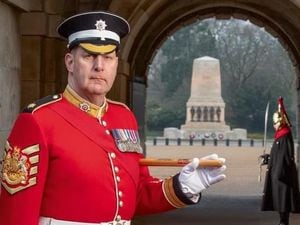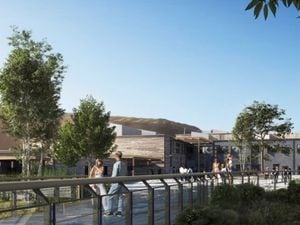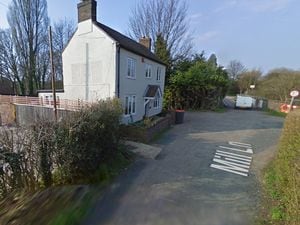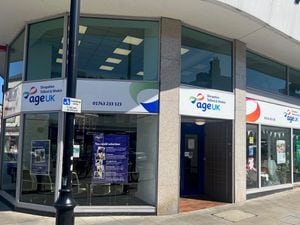Work on rebuilding mammoth VC10 is halfway there at RAF Cosford
RAF Cosford's mammoth VC10 is now halfway through its building process.
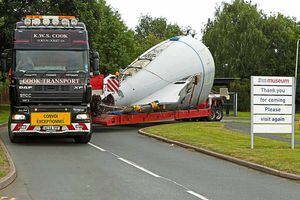
The VC10 will go on show to the public once it has been rebuilt at the museum site in Shropshire. It needs to be rebuilt as it had been shipped to RAF Cosford in various parts.
The last part of the plane, the tail cone, arrived three weeks ago after a long and slow journey by road. The long-range British airliner will be on display at the RAF museum opposite RAF Cosford.
The dismantling of the aircraft began in September 2014 before the process of moving its parts to RAF Cosford began on June 21 this year.
Huge crowds were drawn as first the main fuselage and then the wings were transported through the streets of Bruntingthorpe in Leicestershire and Shifnal.
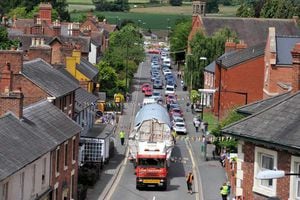
Engineering manager Gary Spoors, of GJD the contractor in charge of dismantling and rebuilding the aircraft, has a personal connection to the nostalgic project as the VC10 was the first aircraft he flew on.
After entering the RAF in 1966 as part of an initial order of five VC10s, the aircraft was used for VIP and Far East routes during this time. After an initial period at RAF Fairford, XR808 spent the next 46 years based at RAF Brize Norton.
Having travelled the world with No 10 Squadron, including to Colombo, Calgary, Hong Kong, Gutersloh and Bahrain, the aircraft was transferred to No 101 Squadron in 2006. As the number of VC10s began to fall, this particular aircraft led a special formation flight over seven UK RAF stations to mark 50 years of the VC10 and 95 years of 101 Squadron.
The delivery of the tail cone was not entirely plain sailing as its transporter was stuck for over an hour just outside the museum after a hydraulics failure.
Staff at Cosford turned heads last week when 10 Jaguar jets were transferred across the airbase to a hangar where they will now help train a new generation of RAF technicians.
That meant sealing off roads, taking down fences and leading the aircraft one by one to their new home. The operation took the whole day, with a team of workers easing the jets across the Cosford base.

